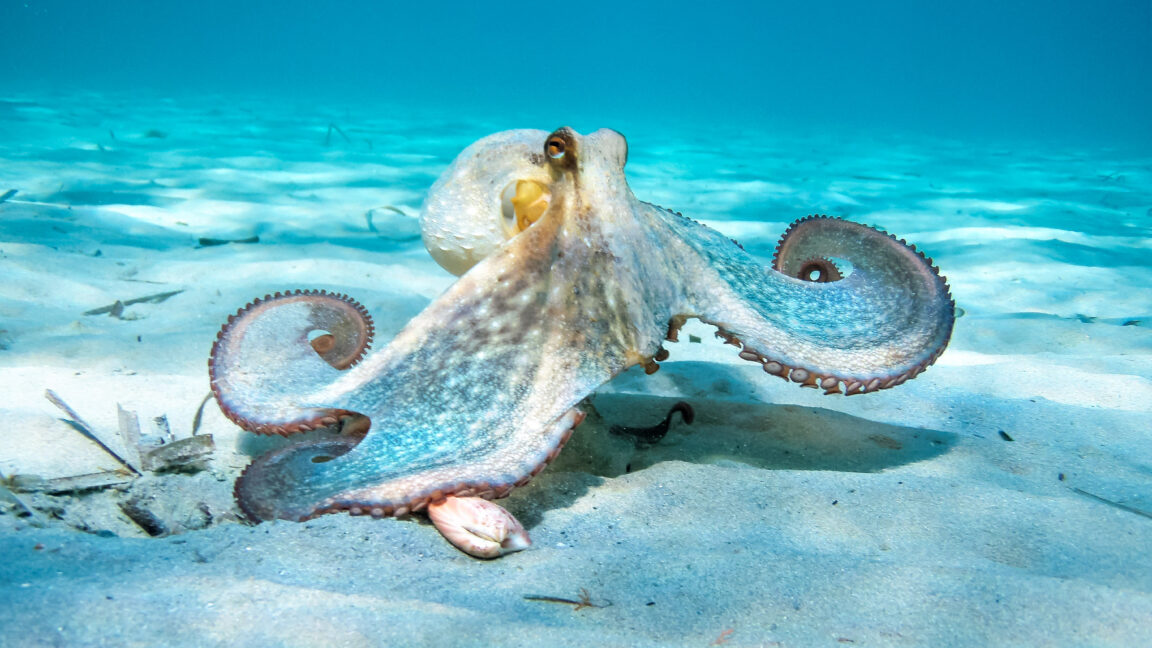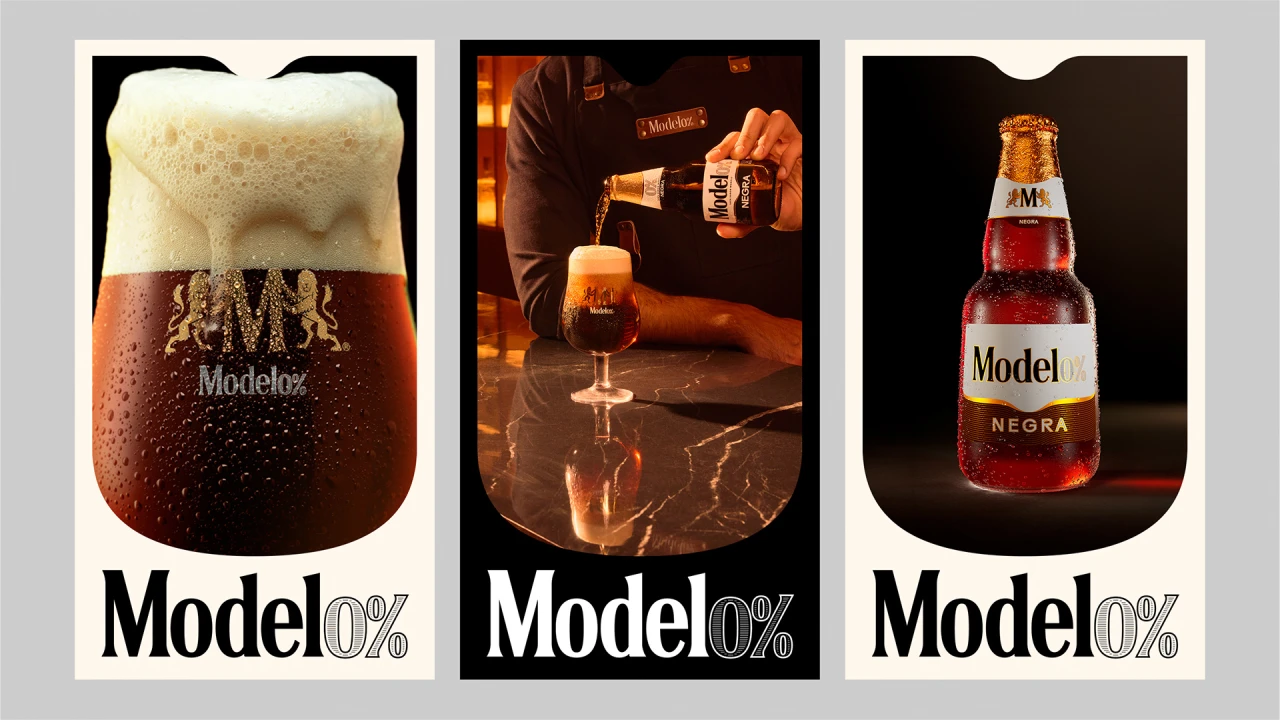Why the NHL’s Stanley Cup is the most authentically human trophy in major sports
The NHL’s Stanley Cup is arguably the most iconic championship trophy in sports. Legends like Wayne Gretzky have sipped champagne from it. A Kentucky Derby-winning horse once ate oats out of it. Children have been baptized in it. Just as you can bank on the champions hoisting the Cup each June, you can also bet that some crazy stories will follow. But the Stanley Cup’s lore is no accident. It’s the result of a masterclass in brand-building by the NHL that turned a $50 silver cup into marketing gold. Here’s how they did it. Scarcity: There’s only one Stanley Cup Unlike other major sports that create new championship trophies each year, there is only one Stanley Cup. Winners don’t get to keep it—they borrow it, adding their names before passing it to the next year’s champion. The NHL understands the power of scarcity: When something cannot be possessed permanently, its perceived value increases dramatically. This exclusivity creates a unique reverence for the trophy. The Cup becomes an aspirational symbol rather than an achievement to be stashed in a trophy case. Players won’t touch the Cup before winning it, often refusing to even look at it during the playoffs. Such superstitions further mythologize the Cup, creating traditions that sports journalists write about each year, adding to the Cup’s lore while generating millions of impressions in free media coverage. Physical permanence in a digital age In an era of fleeting digital experiences, the NHL has leaned into the physical permanence of the Stanley Cup. The Cup carries the engraved names of past champions, creating a physical connection to the sport’s history. When a ring on the trophy fills up, the NHL doesn’t discard it, rather it preserves it in the Hockey Hall of Fame and adds a new band to the bottom on which to etch the next wave of champions. This engraving practice builds legacy and authenticity that all brands covet. The winning team doesn’t just get the same trophy as Gretzky. Each player lifts the exact cup Gretzky held. Their names are etched alongside his, along with the hallowed names of Mark Messier, Sidney Crosby, Alex Ovechkin, Gordie Howe, Bobby Orr, Henri Richard, and dozens of other legends immortalized on the Cup. It’s a traveling record book. It’s the league’s ultimate brand symbol and carries the NHL’s history everywhere it goes. And go it does—to the farthest flung corners of the earth. The power of storytelling Perhaps the NHL’s most genius Stanley Cup marketing move—and the one that lends itself best to the digital age—came in 1995, when it began giving each member of the championship team a personal day with the Cup. This decision created an organic content machine that churns out authentic moments that spread across newspapers, websites, and social platforms without the NHL spending a dime on placement. When Mario Lemieux takes the Cup swimming, Alex Ovechkin snuggles up with it in his bed, or Patrick Maroon’s mom chugs beer from the Cup, viral moments are created that connect emotionally with fans in ways traditional marketing simply cannot replicate. While marketing departments globally brainstorm how to create viral campaigns, the Stanley Cup’s summer tour provides an incubator in which viral moments inevitably occur. Phil Pritchard, the “Keeper of the Cup,” travels over 150,000 miles annually shepherding the trophy from beaches to mountaintops with players who win it, fueling a content goldmine that modern brands can only dream about. All publicity is good publicity Over the years, the Cup has traveled the world. It’s climbed mountains, been to the Hollywood sign, and visited troops in an Afghan combat zone. But its escapades haven’t always been pretty. Remember when Tom Brady got heat for tossing the Lombardi Trophy from one boat to another at the Buccaneers’ Super Bowl boat parade in 2021? That’s just another day in the life for the Stanley Cup. The Cup has been dropped, dented, lost, and stolen. It’s been kicked into a canal and strapped into a roller coaster—and that’s just the stuff we know about. In an increasingly damage-control, image-conscious world, most of these mishaps would be PR nightmares for a brand trying to protect the prize that’s an enduring symbol of its business. But the NHL leans into these stories, turning misadventures into viral content. Writers recounting tales of the time the Montreal Canadiens left the Cup on the roadside during a tire change in 1924, or when the Cup was stolen from the Hockey Hall of Fame in 1970, are traditions as annalized as hoisting the cup itself. And each year brings an opportunity for a new story to add to the Cup’s mythology and expand its cultural footprint. The most precious asset: emotional equity The Stanley Cup was first purchased in 1892 by Lord Frederick Arthur Stanley for $50. It stands 35.25 inches tall and weighs roughly 35 pounds—”until you lift it,” the traditional saying goes. “Then it we
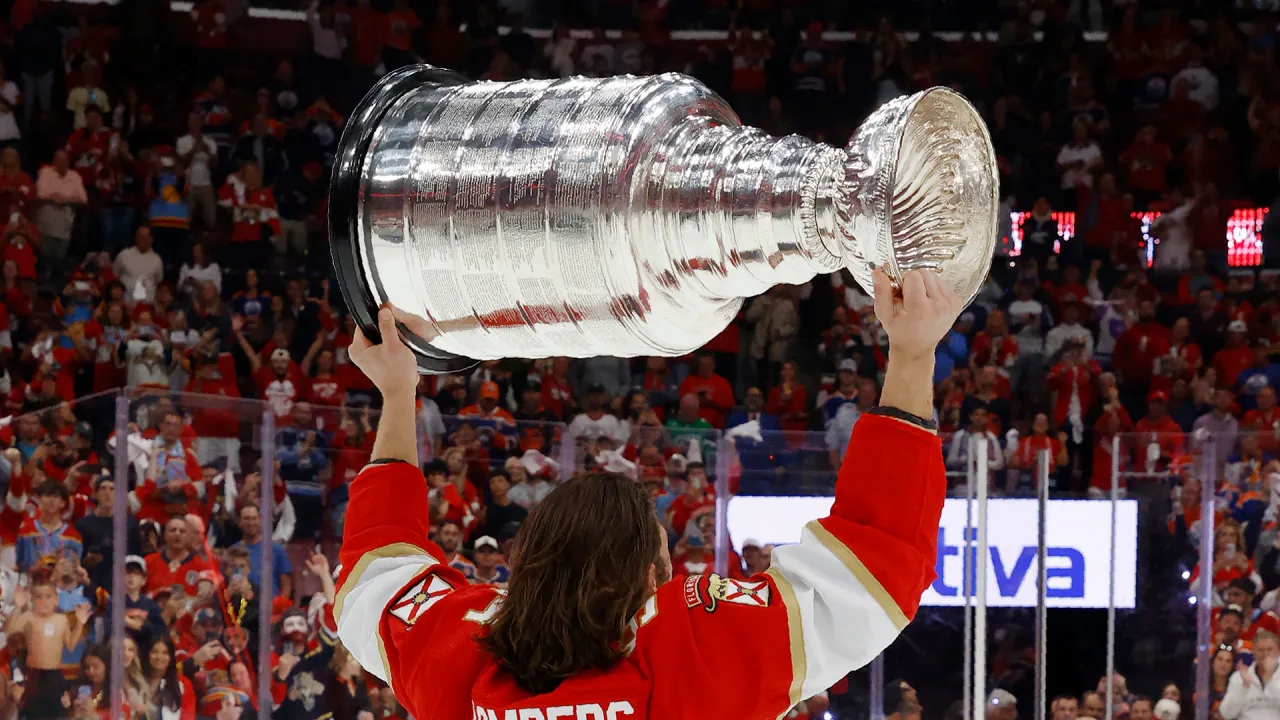
The NHL’s Stanley Cup is arguably the most iconic championship trophy in sports. Legends like Wayne Gretzky have sipped champagne from it. A Kentucky Derby-winning horse once ate oats out of it. Children have been baptized in it. Just as you can bank on the champions hoisting the Cup each June, you can also bet that some crazy stories will follow.
But the Stanley Cup’s lore is no accident. It’s the result of a masterclass in brand-building by the NHL that turned a $50 silver cup into marketing gold.
Here’s how they did it.
Scarcity: There’s only one Stanley Cup
Unlike other major sports that create new championship trophies each year, there is only one Stanley Cup. Winners don’t get to keep it—they borrow it, adding their names before passing it to the next year’s champion.
The NHL understands the power of scarcity: When something cannot be possessed permanently, its perceived value increases dramatically.
This exclusivity creates a unique reverence for the trophy. The Cup becomes an aspirational symbol rather than an achievement to be stashed in a trophy case. Players won’t touch the Cup before winning it, often refusing to even look at it during the playoffs. Such superstitions further mythologize the Cup, creating traditions that sports journalists write about each year, adding to the Cup’s lore while generating millions of impressions in free media coverage.
Physical permanence in a digital age
In an era of fleeting digital experiences, the NHL has leaned into the physical permanence of the Stanley Cup. The Cup carries the engraved names of past champions, creating a physical connection to the sport’s history. When a ring on the trophy fills up, the NHL doesn’t discard it, rather it preserves it in the Hockey Hall of Fame and adds a new band to the bottom on which to etch the next wave of champions.
This engraving practice builds legacy and authenticity that all brands covet. The winning team doesn’t just get the same trophy as Gretzky. Each player lifts the exact cup Gretzky held. Their names are etched alongside his, along with the hallowed names of Mark Messier, Sidney Crosby, Alex Ovechkin, Gordie Howe, Bobby Orr, Henri Richard, and dozens of other legends immortalized on the Cup. It’s a traveling record book.
It’s the league’s ultimate brand symbol and carries the NHL’s history everywhere it goes. And go it does—to the farthest flung corners of the earth.
The power of storytelling
Perhaps the NHL’s most genius Stanley Cup marketing move—and the one that lends itself best to the digital age—came in 1995, when it began giving each member of the championship team a personal day with the Cup.
This decision created an organic content machine that churns out authentic moments that spread across newspapers, websites, and social platforms without the NHL spending a dime on placement.
When Mario Lemieux takes the Cup swimming, Alex Ovechkin snuggles up with it in his bed, or Patrick Maroon’s mom chugs beer from the Cup, viral moments are created that connect emotionally with fans in ways traditional marketing simply cannot replicate. While marketing departments globally brainstorm how to create viral campaigns, the Stanley Cup’s summer tour provides an incubator in which viral moments inevitably occur.
Phil Pritchard, the “Keeper of the Cup,” travels over 150,000 miles annually shepherding the trophy from beaches to mountaintops with players who win it, fueling a content goldmine that modern brands can only dream about.
All publicity is good publicity
Over the years, the Cup has traveled the world. It’s climbed mountains, been to the Hollywood sign, and visited troops in an Afghan combat zone. But its escapades haven’t always been pretty.
Remember when Tom Brady got heat for tossing the Lombardi Trophy from one boat to another at the Buccaneers’ Super Bowl boat parade in 2021? That’s just another day in the life for the Stanley Cup. The Cup has been dropped, dented, lost, and stolen. It’s been kicked into a canal and strapped into a roller coaster—and that’s just the stuff we know about.
In an increasingly damage-control, image-conscious world, most of these mishaps would be PR nightmares for a brand trying to protect the prize that’s an enduring symbol of its business. But the NHL leans into these stories, turning misadventures into viral content. Writers recounting tales of the time the Montreal Canadiens left the Cup on the roadside during a tire change in 1924, or when the Cup was stolen from the Hockey Hall of Fame in 1970, are traditions as annalized as hoisting the cup itself.
And each year brings an opportunity for a new story to add to the Cup’s mythology and expand its cultural footprint.
The most precious asset: emotional equity
The Stanley Cup was first purchased in 1892 by Lord Frederick Arthur Stanley for $50. It stands 35.25 inches tall and weighs roughly 35 pounds—”until you lift it,” the traditional saying goes. “Then it weighs nothing.”
With leaguewide revenue hitting $6.3 billion in last season—an 8.6% increase over the previous year—the NHL is flourishing. The Stanley Cup is the centerpiece, proving that organic storytelling and emotional connection transform ordinary objects into brand powerhouses and that value comes not from an object’s monetary worth but from the stories, traditions, and emotional resonance it carries.
The Florida Panthers are defending the Cup this week in a rematch of last year’s Final against the Edmonton Oilers. The Oilers took game one 4-3 in overtime, and nobody yet knows whether they will become the first Canadian squad to claim the Cup since the Canadiens topped the Kings in 1993. But one thing is for sure: whichever team earns the right to hoist the trophy will also add another handful of stories to the Stanley Cup’s lore.














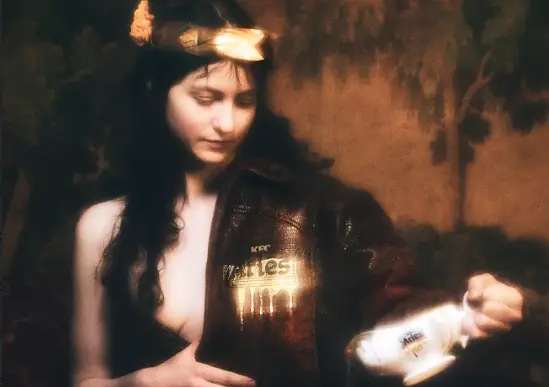















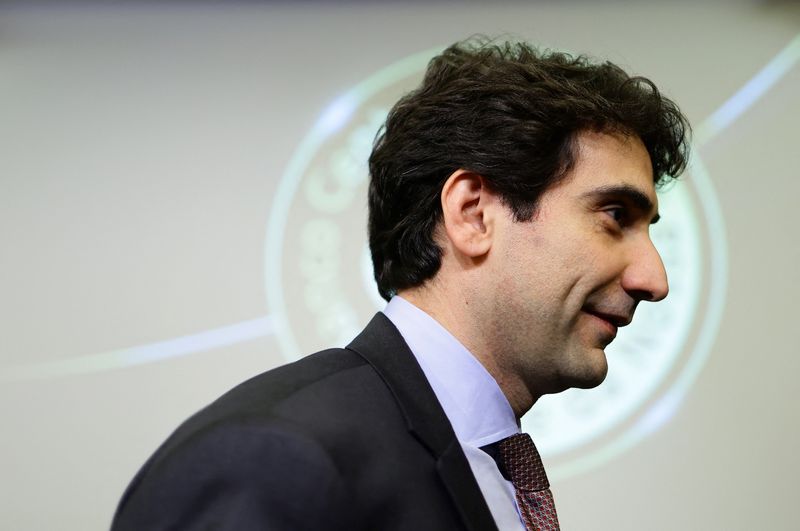













































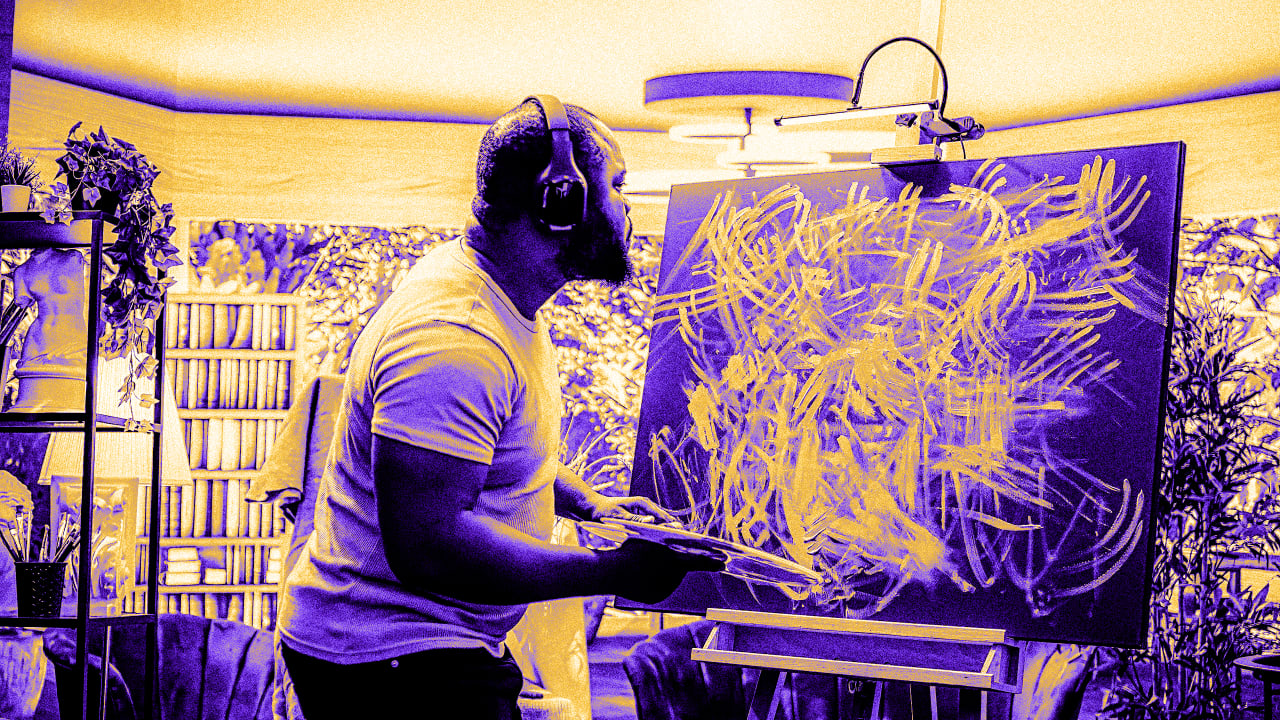





























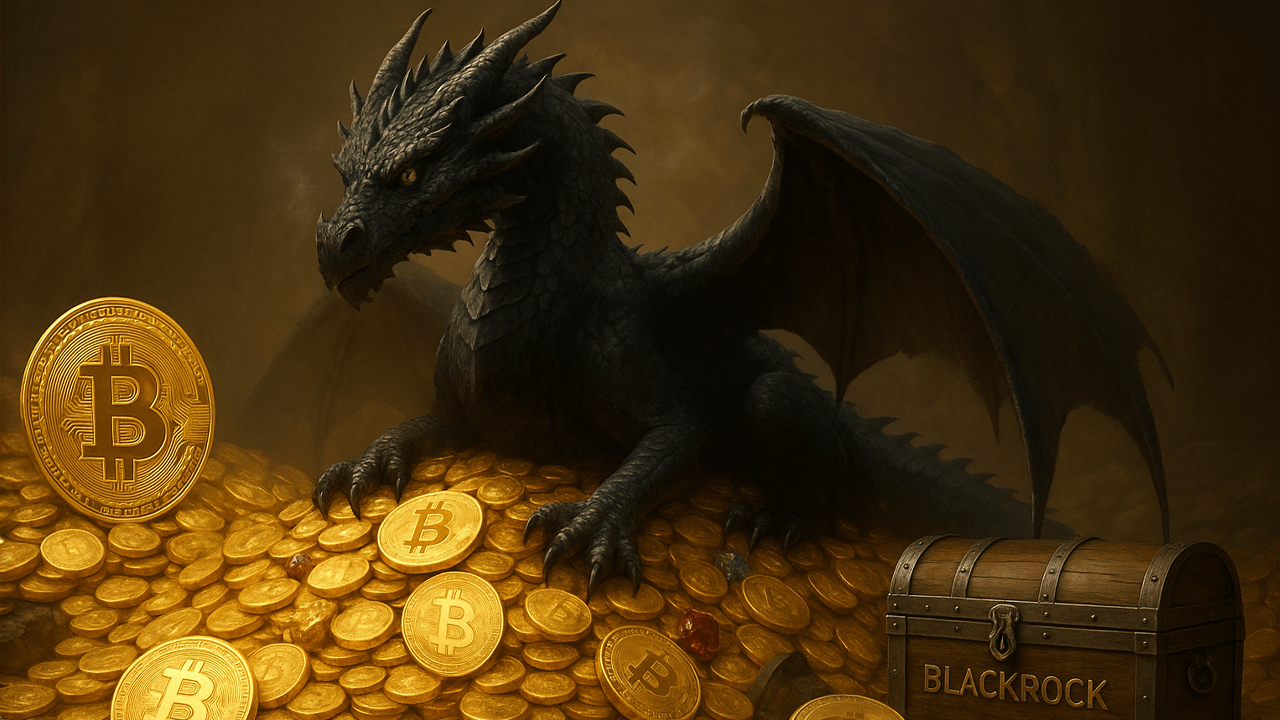

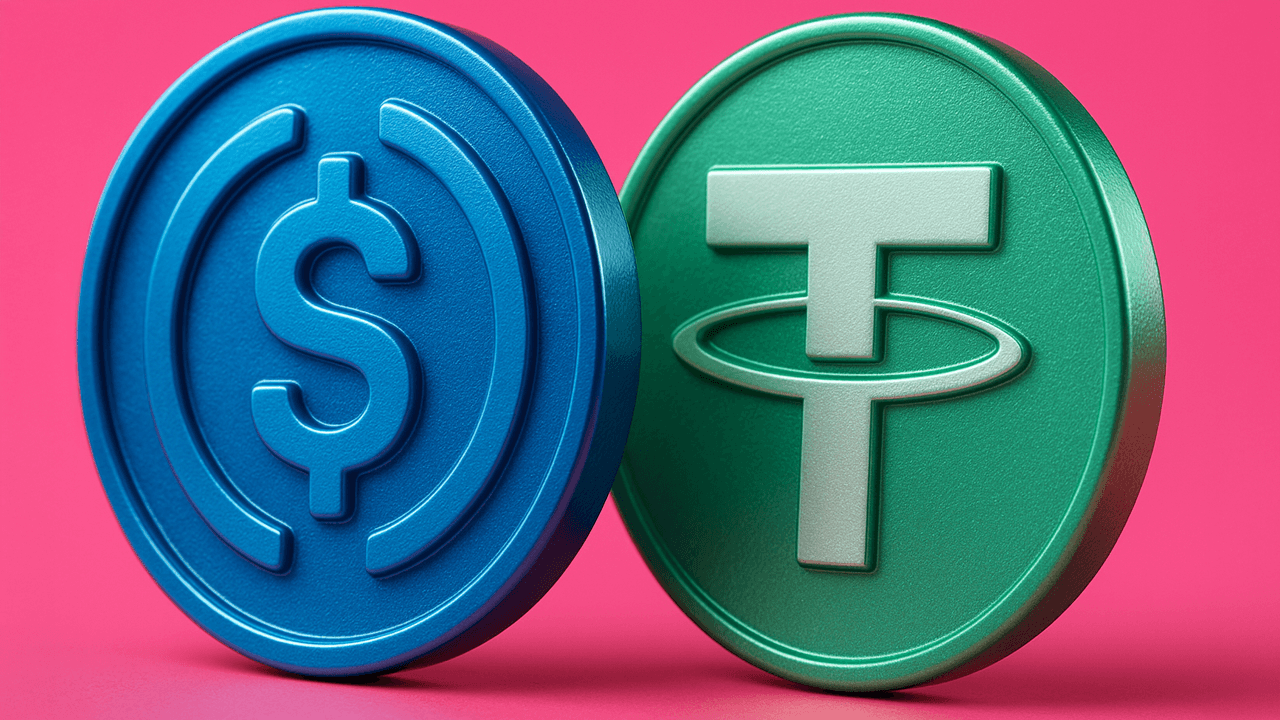






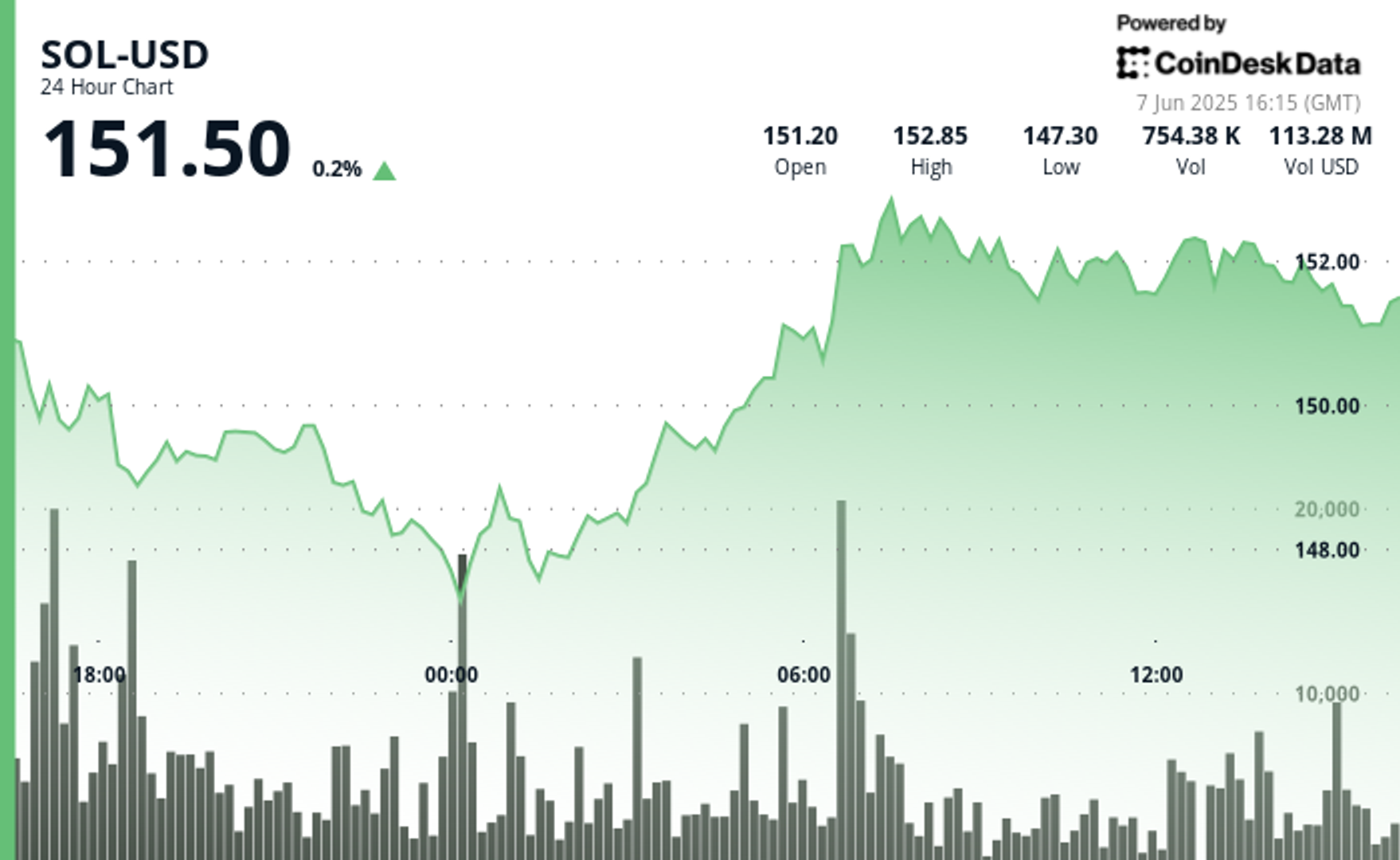
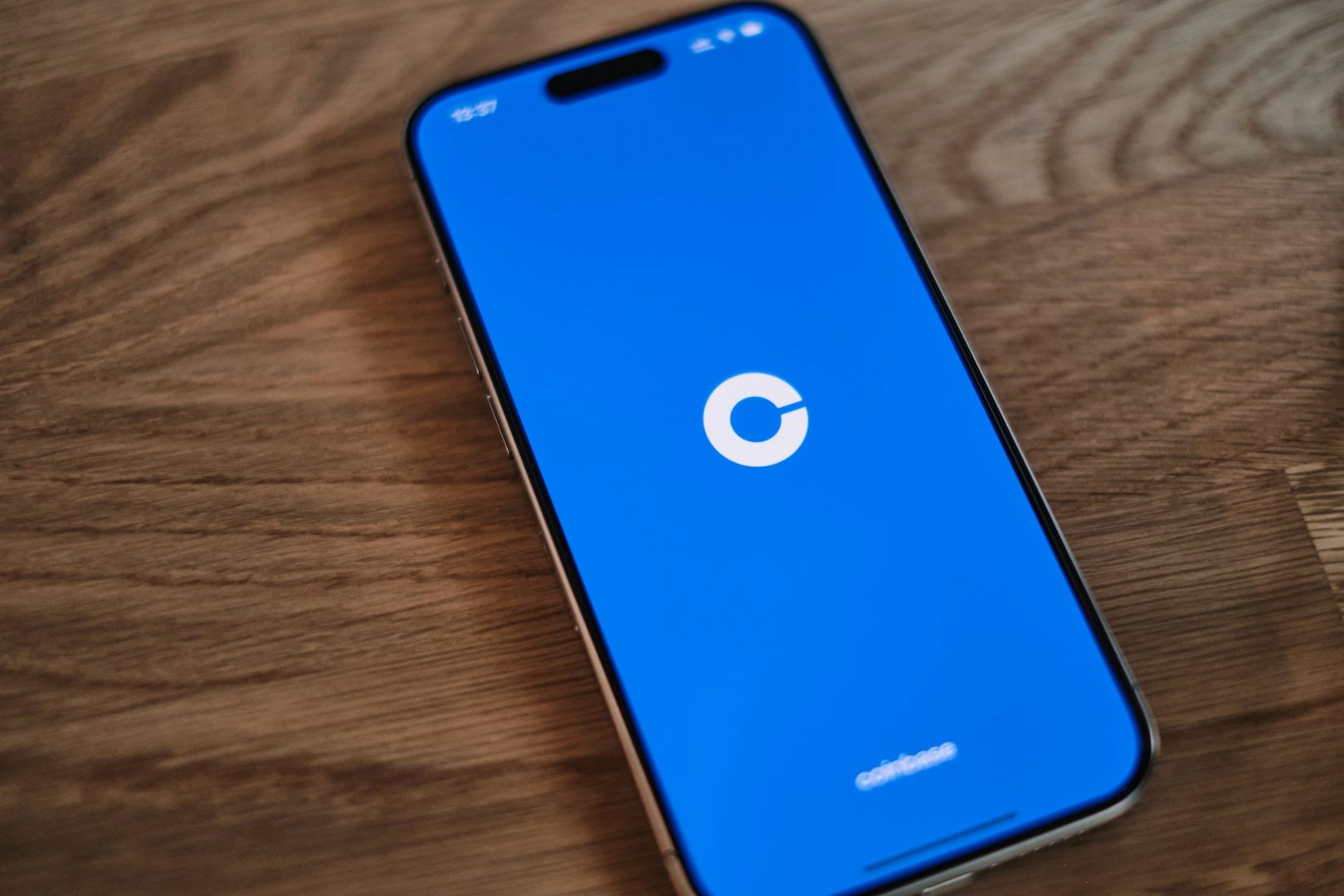

















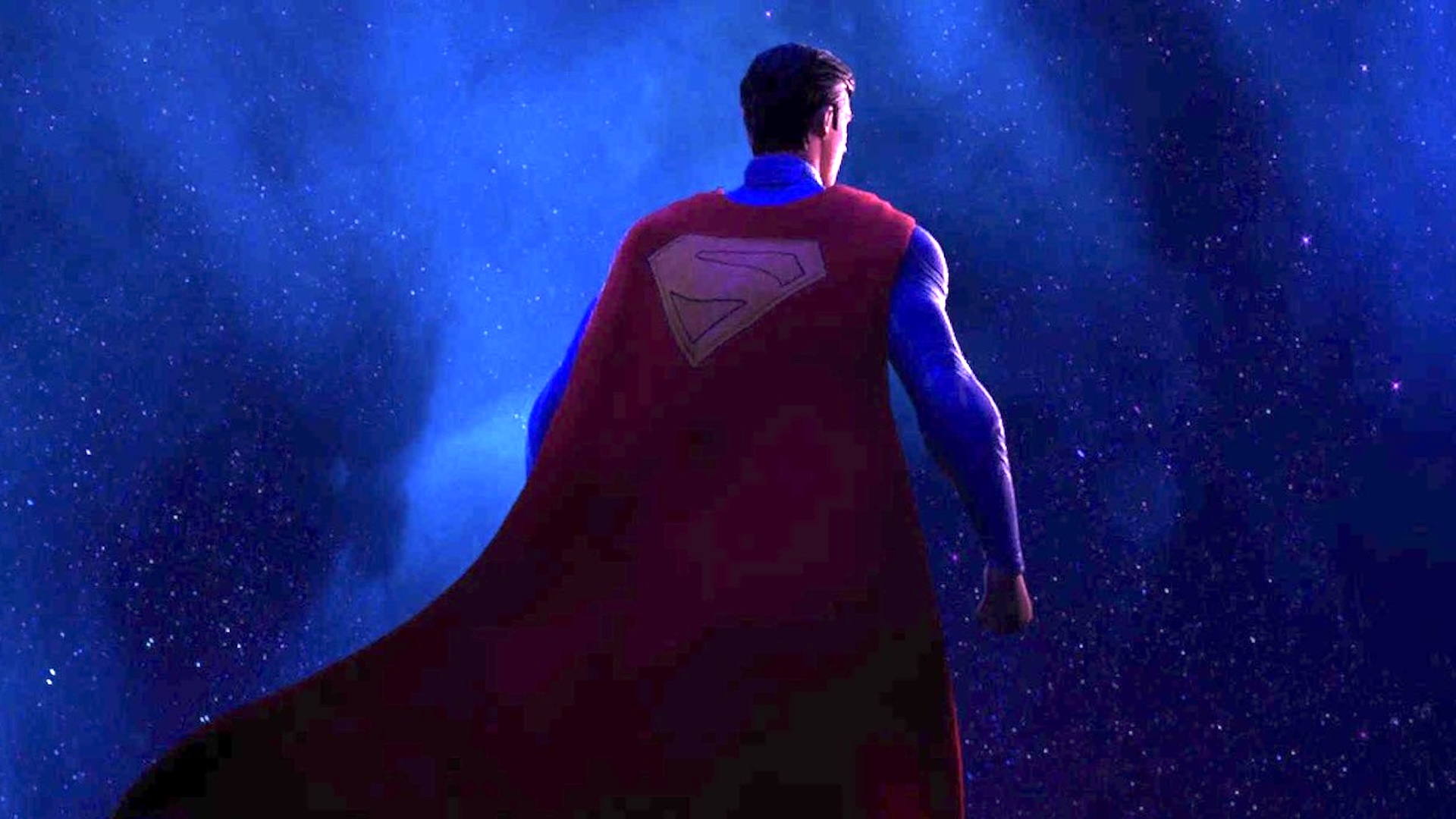
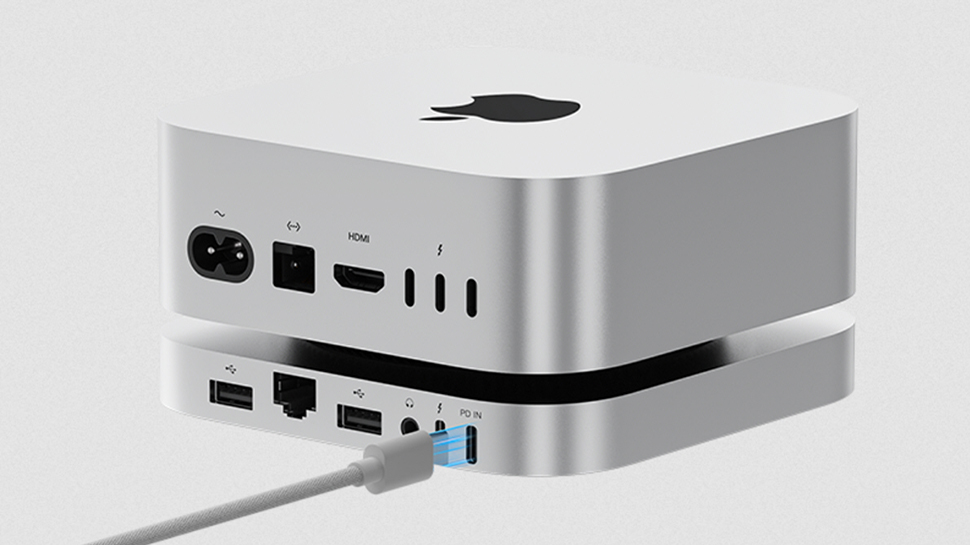




































.mp4)










